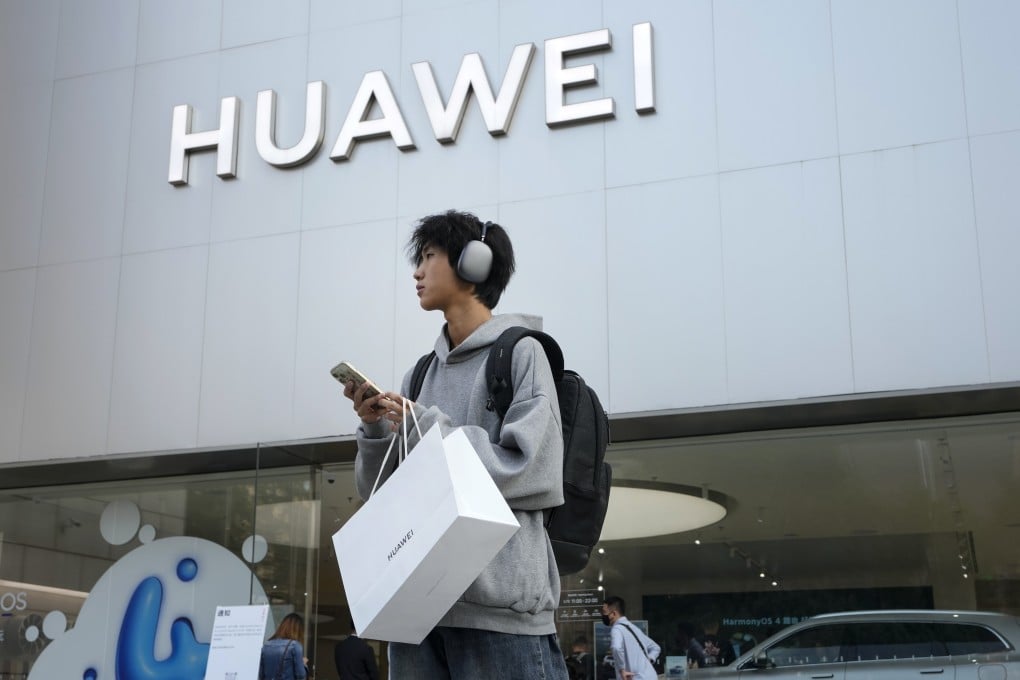Opinion | What decline of iPhone grey market says about China’s consumer landscape
- Chinese consumer mentality is shifting, propelled by patriotism and won over by innovative local phones offering better value and reliability

By analysing the iPhone grey market, it is possible to gain valuable insights into the changing preferences of this crucial consumer segment, a shift driven not just by economics but also by a growing sense of national pride.
The attraction of Apple’s most popular flagship product, the iPhone, arguably lies in its user-friendly interface and design, fast performance and distinctive brand.
Hong Kong, is typically seen as the epicentre of China’s iPhone grey market, which boomed in the early 2010s when iPhones were much more easily available abroad. Apple opened its first shop on the mainland in 2008 and, by 2015, despite the huge demand, had expanded to just 20 shops, a paltry 4 per cent of its stores worldwide at the time.
Taxes on the mainland on foreign goods also drove consumers to the grey market in search of lower prices.
